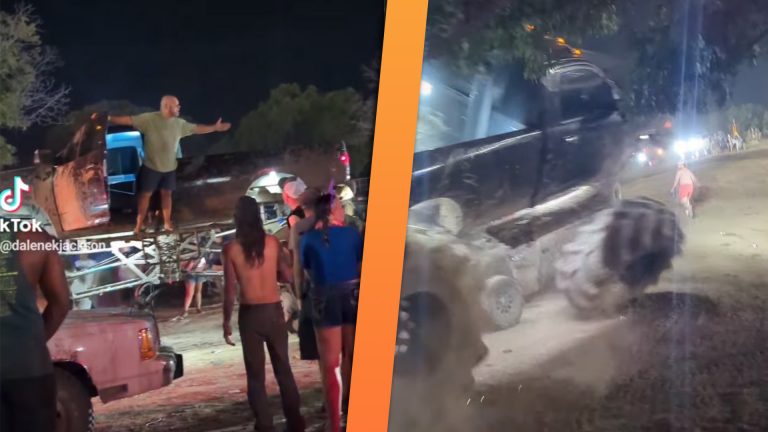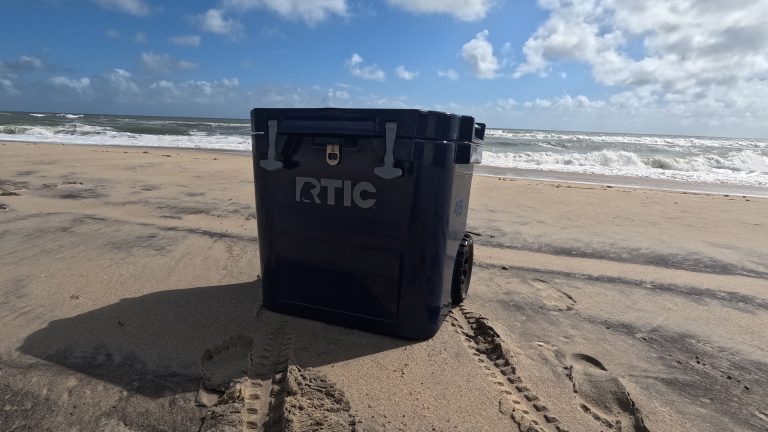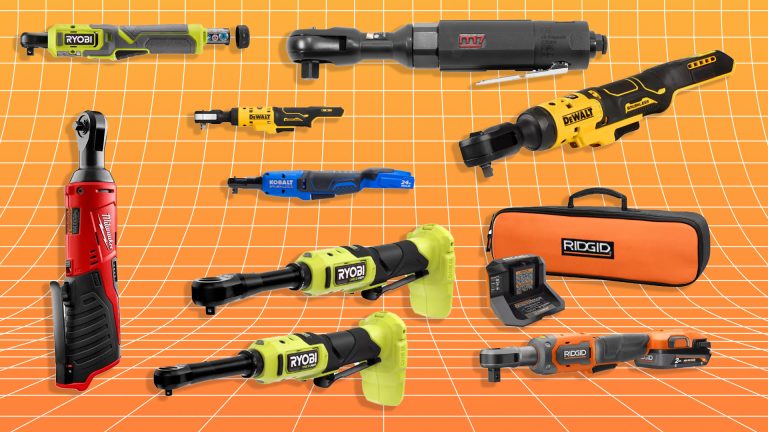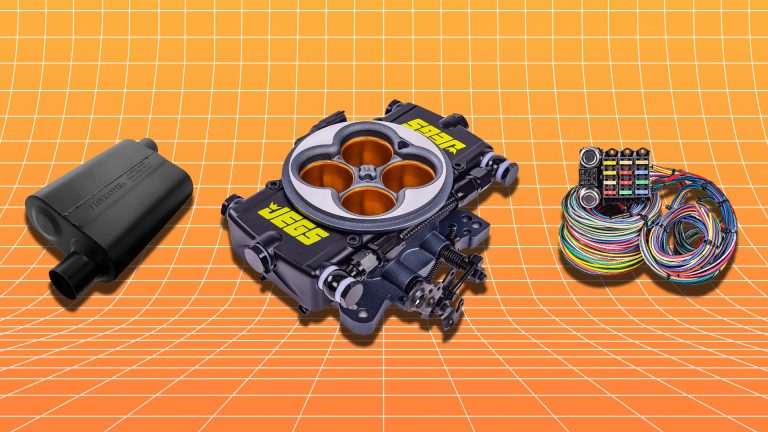F1 Racetrack Enforcement Cranks Up: COTA Rolls Out Gravel to Toughen Track Limit Penalties
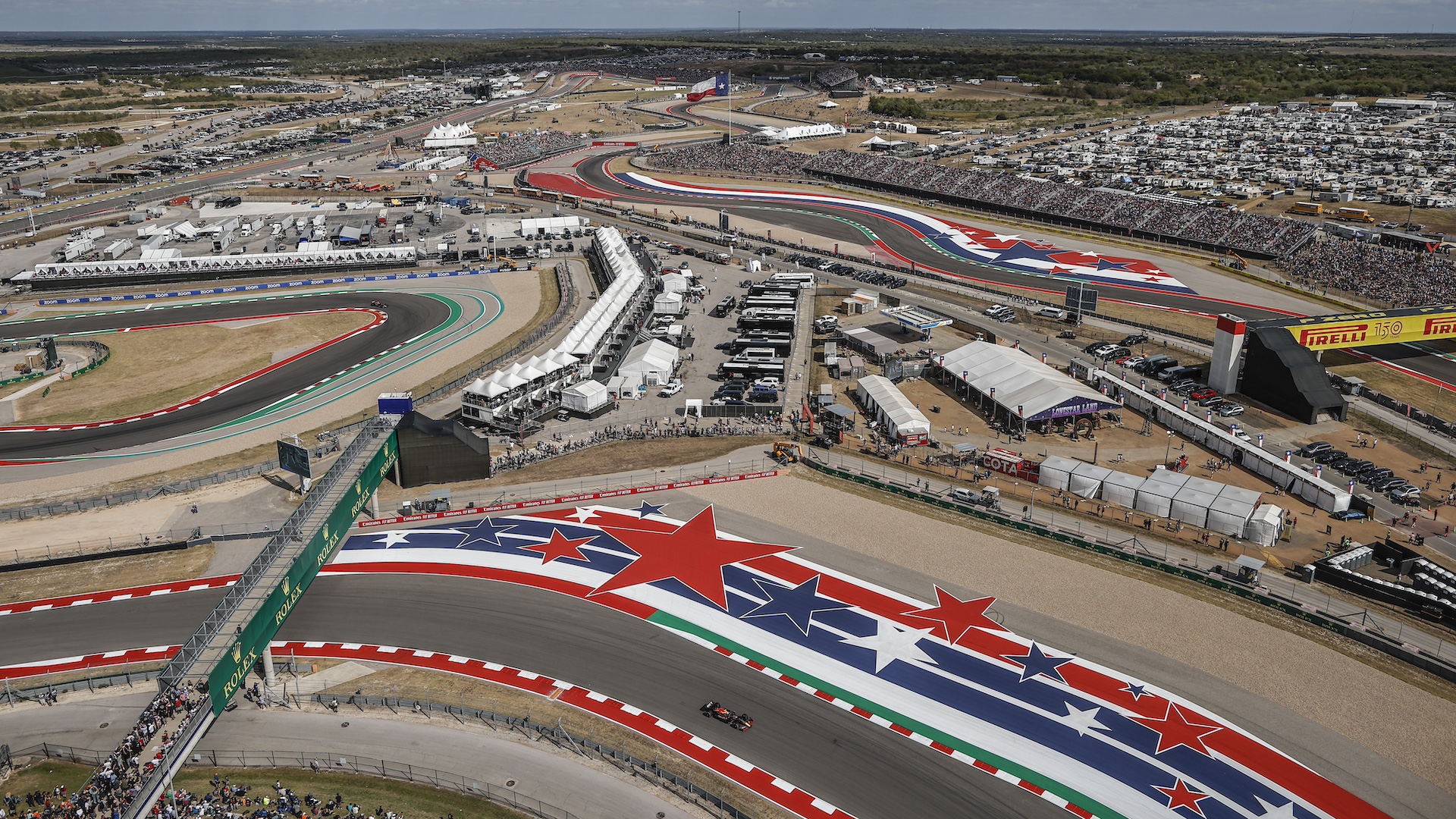
Will the Changes to the Circuit of the Americas Help Reduce Track Limits Violations?
Last year’s United States Formula 1 Grand Prix was marred by an abundance of track limits violations, with drivers frequently getting on the radio to snitch on their competitors in the hopes of earning penalties. But, in a bid to fix this issue, the Circuit of the Americas (COTA) in Austin, Texas, has implemented a series of changes for this year’s race.
Narrower Runoff Areas and Synthetic Turf
The first significant change is the reduction of the runoff areas outside of the driving surface by 1.5 meters (approximately five feet) on Turns 6, 13, 14, and 15. These buffer zones, now covered in synthetic turf, will force drivers to stay within the lines or risk losing traction. The narrower runoff areas will make it clearer to stewards whether a car has exceeded the track limits, ensuring that drivers who do so will be held accountable.
New Gravel Trap at Turn 11
The infamous Turn 11, where cars would frequently run wide after the apex, has undergone a major transformation. A gravel trap now resides at the exit, which is designed to deter drivers from exceeding the track limits. This "fake gravel" material, first used at Zandvoort in the Netherlands, allows the pebbles to stay in place rather than being flung onto the track.
Additional Cameras for Enhanced Track Limits Monitoring
COTA is also installing more cameras in "strategic places" to monitor track limits, ensuring that stewards have a clearer view of any potential infractions.
Full Track Resurface
Perhaps the most significant change for 2024 is the full track resurface, which has already been seen to alter a car’s baseline setup due to changing grip conditions and other variables. This may further shake up the competitive landscape, as some drivers may handle the new surface better than others.
Challenges in Balancing F1 and MotoGP Requirements
Agreeing on F1-specific changes to the track was not without its challenges, as the circuit also hosts other major series, including MotoGP. Engineers had to ensure that changes worked for both F1 and MotoGP, as different series have different requirements.
Promoter Bobby Epstein’s Take
COTA promoter Bobby Epstein emphasized the difficulties in balancing the needs of F1 and MotoGP. "There are some areas where it’s hard because, if you run MotoGP and F1 on the same track, one wants gravel in an area where another one wouldn’t. You can’t have both, and you can’t cut into the track and put in gravel, then flip it back and hope it stays watertight when you have clay underneath it. So there’s some back and forth challenges to it."
Will the Changes Pay Off?
With these changes in place, the question remains: will they be enough to reduce track limits violations and improve the overall racing experience at COTA? Only time will tell, but one thing is certain – the drivers will be keen to put their skills to the test on the revised circuit.
Image Credit: Getty Images


